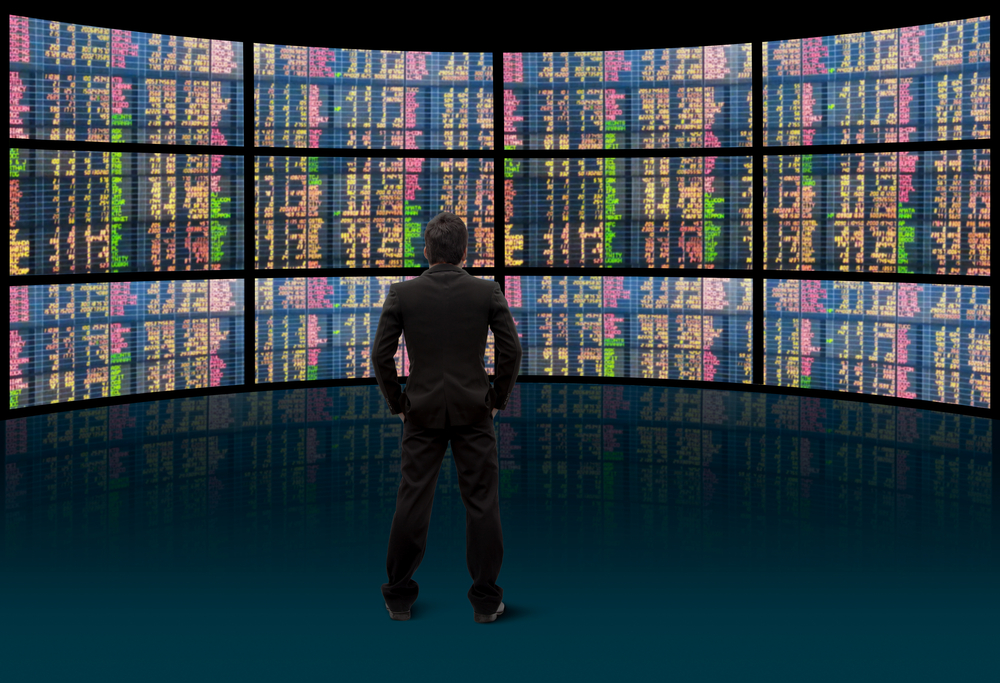Blog
Brexit/Trump show the rejection of 40 years of economic wisdom

Guest Author:
Jeremy LangStockmarkets are set for a period of radical change following the unprecedented events of 2016 argues a prominent fund manager.
Last year was a reminder of how unusual the stockmarket is as a market. The stockmarket is not a single market, it is a messy, interlocking set of submarkets in thousands of individual stocks. Most of the trade in the stockmarket effectively represents trade between these submarkets.
A stock is not really a physical thing, it is a concept. It may be tempting to think of it as a physical thing – a piece of a physical company, with managers, employees, buildings and machinery – but while the constituents are physical and have a sense of permanence, the way they are organised into an entity, and the effectiveness of this entity (a company), is not. Stocks are traded not on the basis of how they look now, but rather on predictions of how they might change.
Most predictions in the stockmarket are complex, long-winded affairs that cannot be reconciled quickly. New information arrives every day. Most information may seem irrelevant to a particular stock. Yet stock prices move all the time.
It can be tempting to see a rising stock price as confirmation of a view – after all it could be signalling that more people are becoming converted to your own view. Stock price changes not only signal to potential owners or sellers of stocks. They also signal to the people who inhabit the companies they represent. It is this aspect that made 2016 so interesting.
Stock prices only tend to fall a lot, and for a prolonged period, when evidence shows original views to be very wrong. While we believe people are stubborn, we think there is a limit to their stubbornness. Investors are wrong first. The stock price will fall if owners abandon their prior optimistic views and look to sell, but struggle to find others whose current views are better.

Wellness and wellbeing holidays: Travel insurance is essential for your peace of mind
Out of the pandemic lockdowns, there’s a greater emphasis on wellbeing and wellness, with
Sponsored by Post Office
Managers are more resilient (arrogant?). They will initially dismiss the stock price, especially if other similar businesses are seeing a similar fall. But the more investors abandon their previously higher views, the more pressure the manager will feel.
In 2008, lots of stock prices fell a long way, for long enough, for a lot of company managers to change. The impact on the wider population was enough to make governments notice.
In the scheme of economic history, the last truly seismic shift in economic policy came in the 1970s. In the post war period, economic policy was anchored to a belief in the benefits of full employment. In the 1970s, the anchor was abandoned. Policies in pursuit of full employment had revealed an ugly trade-off: inflation. The levers of control were passed to those thought best equipped to tame inflation: central bankers. Ever since, monetary policy has dominated.
But signs of change have been emerging in the countries most distressed by the aftermath of 2008 – such as Greece and Spain. The pressure for change has accelerated in the last few years for two reasons.
First, the easy opportunity afforded by the industrialisation of China has gone. China now looms larger as an economic threat rather than an opportunity. Second, the commodity boom accompanying China’s industrialisation has unwound. Overambitious management behaviour in natural resource industries sent companies on a different path to most. While most companies were cautious with capital, natural resource companies did the opposite. It was one of the few areas where people saw significantly better employment prospects and better pay. The resources boom had a multiplier impact on the rest of the world economy. Companies supplying to oil or mining companies boomed. Places where the employees spent money boomed.
In the second half of 2014, commodity prices started to crack. Stock prices in oil and mining companies fell. Markets sent a signal. Initially managers ignored it. In 2015, commodity prices fell again. Stock prices fell again, but now the contagion spread. Managers were starting to respond and this was having a knock on effect.
By the start of 2016, a large number of stocks were experiencing falling stock prices, from levels already lowered from two prior years of falls. It was an unusually violent, prolonged stockmarket price signal and the impact on a significant number of managers was sharp. The stockmarket signal was spreading to the wider economy.
In our view, the unfolding of 2016 represents the final rejection of 40 years of accepted economic policy wisdom. At the time, we found Brexit, shifting Abenomics and Trump hard to fathom, but all makes sense in this wider context.
Like 2008, we are in an environment ripe for change, but unlike 2008, this has not been signalled by a violent stock price decline across all stocks. The signal has been more subtle, because the reaction to 2008 has in the end not really changed anything, not really fixed anything.
It is the slow realisation of this in the wider economy that has set the stage for a ‘softer’ stockmarket signal being enough to herald in the conditions for the acceptance of radical change. Brexit and Trump are symptoms.
Full employment is back on the agenda, so is workers’ pay. Who knows where it will lead, but it probably will not be the same as the last five, or even 40 years.
Jeremy Lang is partner and fund manager at Ardevora Asset Management